Osteochondrosis is a chronic degenerative-dystrophic disease that develops under the influence of many rather disparate factors. Initially, pathological changes occur in the nucleus pulposus (the internal contents of the intervertebral disc) and subsequently spread to the fibrous ring (the outer shell of the disc) and other elements of the spinal motion segment (SDS). This can be a consequence of the natural aging process of the body or can occur against the background of injuries, increased loads on the spine and other causes. In any case, osteochondrosis is only the first stage of intervertebral disc destruction, and if left untreated, protrusions and hernias form, often requiring surgical removal.
The intervertebral disc is a cartilage formation that separates the vertebral bodies and acts as a shock absorber.
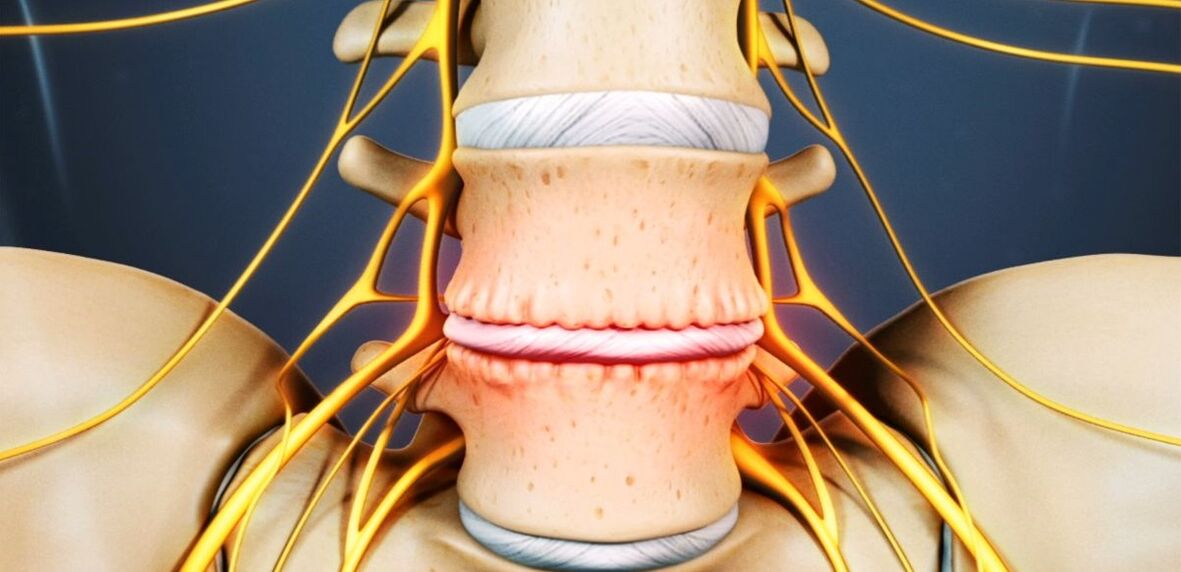
Lumbar osteochondrosis: what it is
From osteochondrosis suffer from 48 to 52% of people. And osteochondrosis of the lumbar spine is the most common. The disease can affect any intervertebral disc in the lumbosacral spine, many or even all of them. Most often, L5-S1, L4-L5 disks suffer, less often L3-L4. The upper lumbar discs (L3-L2 and L2-L1) are affected much less frequently.
The prevalence of lumbar osteochondrosis is due to the fact that the increased load in the performance of any physical work, in particular, lifting and carrying weights, walking, running, sitting falls on the lower back. The lumbar spine is made up of 5 vertebrae, which are much larger than the thoracic and cervical vertebrae. As a result, the intervertebral discs that separate them are larger in size. Normally the lumbar region has a slight anterior curvature (physiological lordosis). It is the last mobile part of the spine and is adjacent to the fixed sacrum, so very often they speak of lumbosacral osteochondrosis.
If previously osteochondrosis was considered an age-related disease, today its first manifestations can be observed already at the age of 15-19. Among the thirty-year-olds, 1. 1% of people already suffer from severe symptoms of degenerative-dystrophic changes of the intervertebral discs. And in the representatives of the older age group (from 59 years old), the clinical manifestations of the disease are already present in 82. 5%. At the same time, the incidence of the disease continues to grow steadily, largely due not only to the increase in the average age of the country's population, but also to non-positive lifestyle changes.
Reasons for development
Today there is still no consensus on the etiology of degenerative diseases of the spine. However, the main theory of their development is involutionary. According to her, osteochondrosis is a consequence of previous damage to the intervertebral disc and bone structures of the spine, as well as the occurrence of inflammatory and other processes. The theory suggests that degenerative changes are genetically predetermined and, in fact, are inevitable. And their clinical manifestation, especially in young and middle-aged people, is due to the influence of various endogenous and exogenous factors.
Thus, the development of osteochondrosis of the lumbar spine is facilitated by:
- heavy physical work, especially associated with heavy lifting;
- sedentary, sedentary lifestyle;
- any back injury, including bruises;
- overweight;
- metabolic disorders;
- violations of posture, deformation of the spine;
- flat feet and other foot pathologies;
- pregnancy, especially multiple pregnancies.
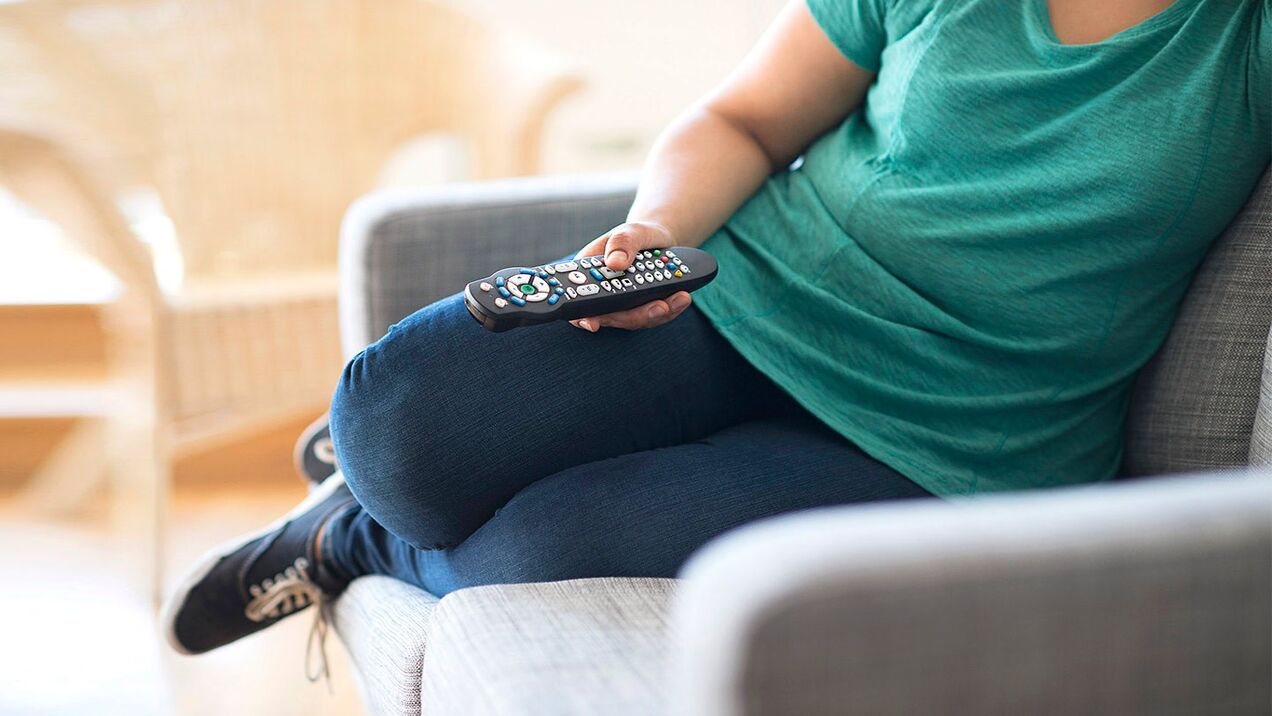
Pathogenesis
Regardless of the causes, the degeneration of the intervertebral disc occurs when the intensity of the processes of catabolism (splitting and oxidation of molecules) of the matrix proteins begins to exceed the speed of their formation. One of the key points of this process is the malnutrition of the intervertebral discs.
Since, like most cartilage in an adult, they have no direct blood supply, as they are devoid of blood vessels, nutrient delivery and metabolic product removal occurs by diffusion with sequential compression and relaxation of the disc during movement. The main structure that supplies power to the disk are the end plates located on its upper and lower surface.
By themselves, the endplates are a bilayer made up of cartilage cells and bone tissue. As a result, the cartilaginous side is adjacent to the disc, and the bone - to the vertebral bodies. They are distinguished by a sufficiently good permeability, which ensures the exchange of substances between the cells, the intercellular substance of the disc and the blood vessels passing into the vertebral bodies. Over the years, especially with the negative impact of external and internal factors, the structure of the end plates changes and their blood supply decreases, which leads to a decrease in the intensity of metabolism in the intervertebral disc. As a result, its ability to produce new matrix is reduced, which leads to a progressive decrease in its density with age.
At the molecular level, this is accompanied by:
- a decrease in the rate of diffusion of nutrients and metabolic products;
- decrease in cell viability;
- accumulation of cell decay products and molecules of altered matrix;
- a decrease in the production of proteoglycans (high molecular weight compounds responsible for the formation of new cartilage cells and which are the main sources of synthesis of chondroitin sulphates);
- damage to the collagen scaffold.
Possible consequences
As a result of the changes taking place, the intervertebral disc dehydrates and the nucleus pulposus loses the ability to adequately distribute the loads that fall on it. Thus, the pressure inside the disc becomes uneven, and then the fibrous ring in several places undergoes overload and compression. Since this happens with every movement of a person, the ring is regularly subjected to mechanical pressure. This leads to negative changes in it.
In addition, often a decrease in disc height and elasticity leads to compensatory changes in the adjacent vertebral bodies. Bone growths called osteophytes form on their surface. They tend to increase in size over time and even merge with each other, excluding the possibility of movement in the affected PDS.
Due to the fact that malnutrition causes damage to the collagen skeleton, under the influence of the pressure of the nucleus pulposus in certain places, the normal structure of the fibers that form the fibrous ring is disrupted. In the absence of intervention, this ultimately leads to cracks and breaks in them. Gradually, more and more fibers of the fibrous ring at the site of application of pressure are torn, which leads to its protrusion. This is particularly facilitated by the increased loads on the spine. And since the lumbar region takes on the main load during movement and any physical activity, it suffers from it more often.
Protrusion is the protrusion of the intervertebral disc without the definitive rupture of the fibrous ring and with the dimensions of its base greater than the protruding part. With its complete rupture in one place or another, an intervertebral hernia is diagnosed.
With the destruction of part of the fibers of the fibrous ring, the pressure in the disc gradually decreases, which leads to a decrease in tension and the fibers themselves. This leads to a violation of its fixation and, as a consequence, to the pathological mobility of the affected spinal motion segment.
The vertebral motor segment (SMS) is a structural and functional unit of the spinal column formed by the intervertebral disc, adjacent vertebral bodies, their joint facets, ligaments and muscles attached to these bony structures.
Normal functioning of the spine is only possible with proper functioning of the PDS.
Symptoms of osteochondrosis of the lumbar spine
The disease can be asymptomatic for a long time, then begin to manifest itself as a slight discomfort in the lumbar region, gradually gaining strength. But in some cases, lumbar osteochondrosis begins acutely, immediately provoking a powerful pain syndrome. In most cases, signs of pathology first appear after 35 years.
Back pain is the main symptom of the disease. It can be of a different nature and be both painful and dull, and sharp, constant or episodic. But basically for the pathology, especially in the early stages of development, alternating periods of exacerbation and remission are characteristic, and both hypothermia and lifting of a heavy object, or a sudden and fruitless movement can provoke another deterioration of the Welfare.
The pain is often accompanied by a feeling of numbness and tension in the back muscles. They are aggravated by physical exertion, sudden movements, heavy lifting, bending over, and even coughing and sneezing.
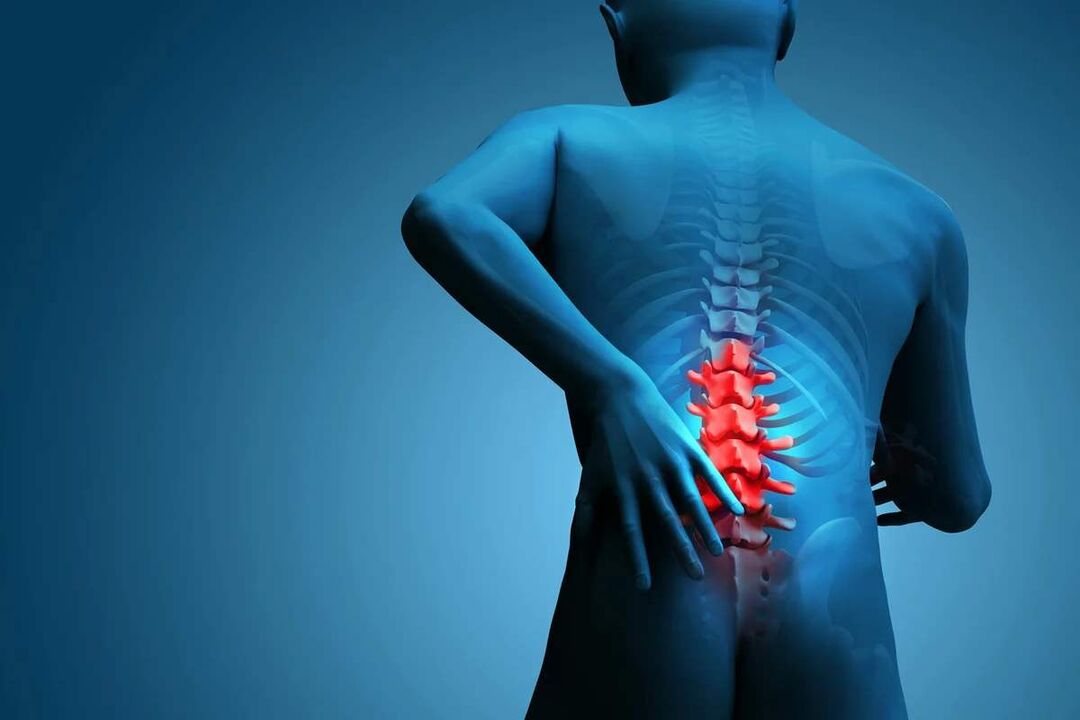
If, due to the instability of the vertebral bodies, the nerve root extending from the spinal cord is blocked by one or another anatomical structure, this will lead to the development of appropriate neurological disorders. Their main manifestations are:
- shooting, severe pain that radiates to the sacrum, buttocks, lower limbs, or perineum;
- sensitivity disorders of varying severity;
- mobility restrictions, lameness;
- weakness in the muscles innervated by the pinched nerve.
In the lumbar spine, the spinal cord ends at the level of 1-2 vertebrae and passes into the so-called cauda equina, formed by an accumulation of spinal roots. In addition, each of them is responsible not only for the innervation of muscles, but also for specific organs of the small pelvis, so prolonged compression can cause disturbances in the work of the corresponding organ. This can lead to the development of impotence, infertility, gynecological diseases, hemorrhoids and other ailments.
The clinical picture of osteochondrosis of the lumbar spine, especially with a long course and the occurrence of compression of the spinal roots, largely depends on the level of the lesion, that is, which particular disc has undergone degenerative-dystrophic changes.
- The defeat of the L3-L4 disc - pain is given to the antero-internal parts of the thigh, lower leg and inner ankle. This is accompanied by a decrease in the sensitivity of the anterior surface of the thigh, a decrease in severity or loss of knee jerk, as well as a decrease in the strength of the quadriceps muscle.
- The defeat of the L4-L5 disc - pain is given from the upper part of the buttocks to the outer parts of the thigh and lower leg. Less commonly, this is accompanied by the spread of pain to the back of the feet, including 1-3 toes. In these areas, there is a decrease in muscle sensitivity and weakness. Sometimes hypotrophy and incomplete extension of the big toe develops.
- L5-S1 Disc Damage: Pain begins in the mid buttocks and descends to the heel along the back or back surface of the thigh and lower leg and can capture the outer edge of the foot, such as 4-5 toes. In these areas of the lower extremities, there is a decrease in sensitivity, and the gastrocnemius and gluteus maximus often decrease in size, which is accompanied by their weakness. If the spinal root that passes through this PDS is affected, a decrease or loss of the Achilles and plantar reflexes may be observed.
L1-L2 and L2-L3 disks are rarely affected.
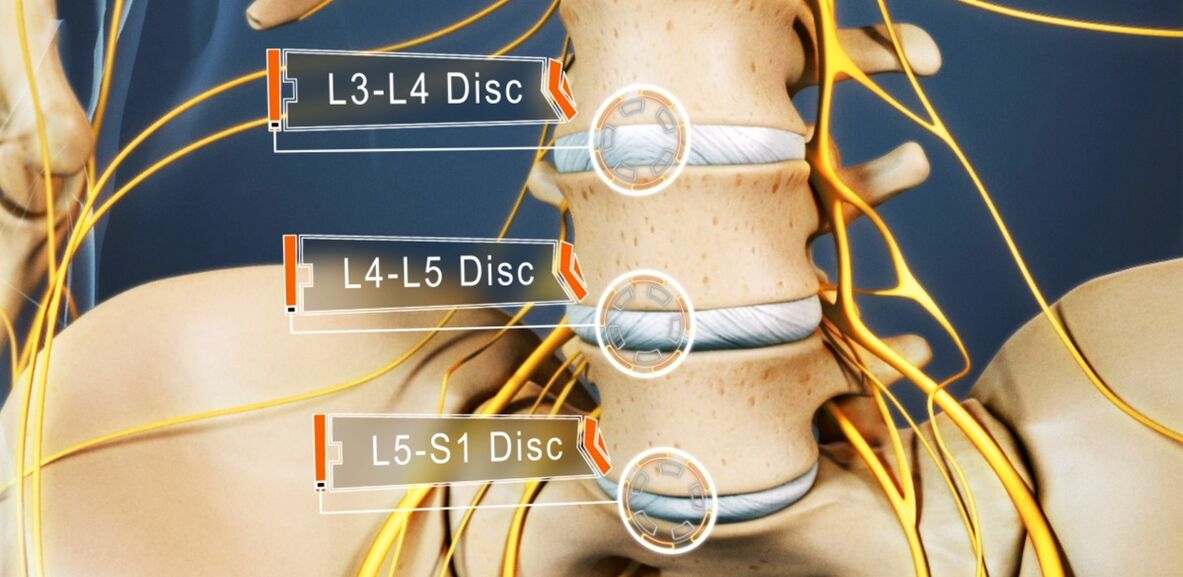
The pain that accompanies the disease limits a person and significantly reduces the quality of his life. Since they persist for a long time and recur regularly, if not constantly present, this can only affect the psycho-emotional state. As a result, more than half of the patients show signs of chronic emotional distress, depressive disorders, etc.
Diagnostics
If there are signs of osteochondrosis of the lumbar spine, you should contact a neurologist or vertebrologist. First, the doctor collects an anamnesis, which consists in clarifying the nature of the complaints, the characteristics of pain, the conditions for their occurrence and reduction, the characteristics of a person's working life, etc.
The second stage of diagnosis, made as part of the first consultation with a doctor, is a physical examination. During it, the doctor evaluates the state of the skin, posture, the depth of the physiological curves of the spine, the presence of its curvature, etc. The condition of the muscles surrounding the spine, called paravertebral muscles, is necessarily assessed, as they are often painful and excessively tense, which is a reflex reaction of the body to inflammation and discogenic pain.
Already on the basis of the data obtained during the examination and interrogation of the patient, the neurologist can suspect the presence of osteochondrosis of the lumbar spine. But to exclude possible concomitant pathologies, in addition to confirming the diagnosis and accurately determining the level of damage, the severity of degenerative-dystrophic changes in the intervertebral disc and the involvement of bone structures, laboratory and instrumental diagnostic methods are required.
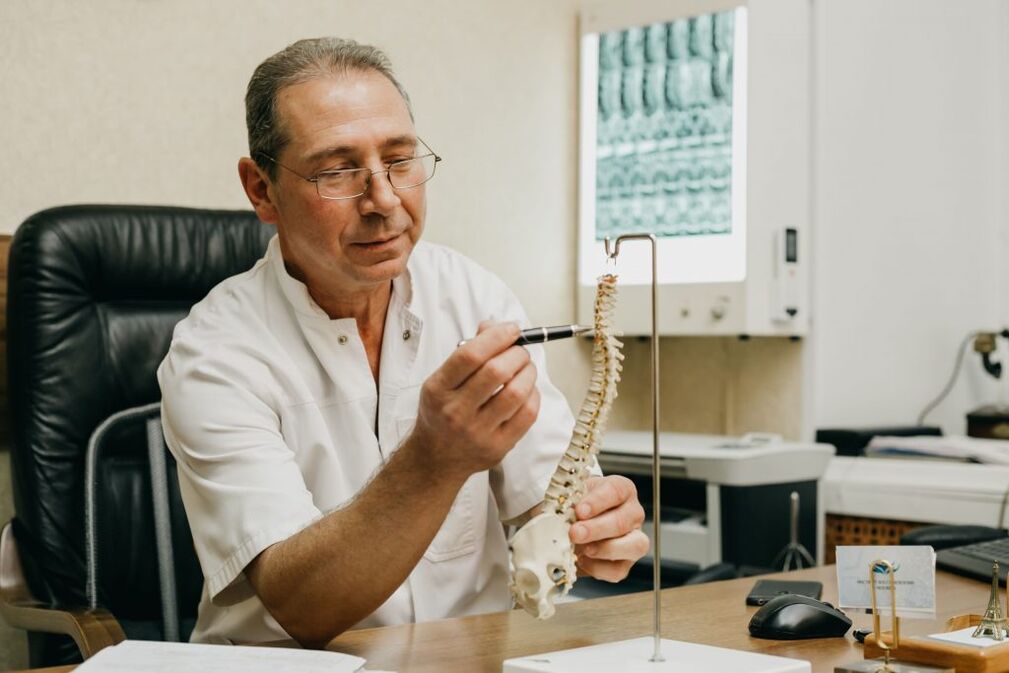
Laboratory diagnostics
Analyzes of various kinds are not decisive in the diagnosis of osteochondrosis of the lumbar spine. They are more aimed at assessing the degree of the inflammatory process and identifying concomitant ailments.
They can therefore be assigned:
- UAC;
- OAM;
- blood test for sugar level;
- blood chemistry.
Instrumental diagnostics
All patients with suspected lumbar spine osteochondrosis have:
- x-ray of the lumbar spine in two projections - allows you to determine the structure of bone structures, detect abnormalities, formed osteophytes, changes in the facet joints, etc. ;
- CT - allows you to detect changes in bone structures in the early stages of development compared with X-rays, as well as identify indirect signs of osteochondrosis;
- MRI is the best method for diagnosing pathological changes in cartilage formations and other soft tissue structures, which allows you to detect the slightest changes in the intervertebral discs, ligaments, blood vessels and spinal cord and accurately assess their severity and the potential risks.
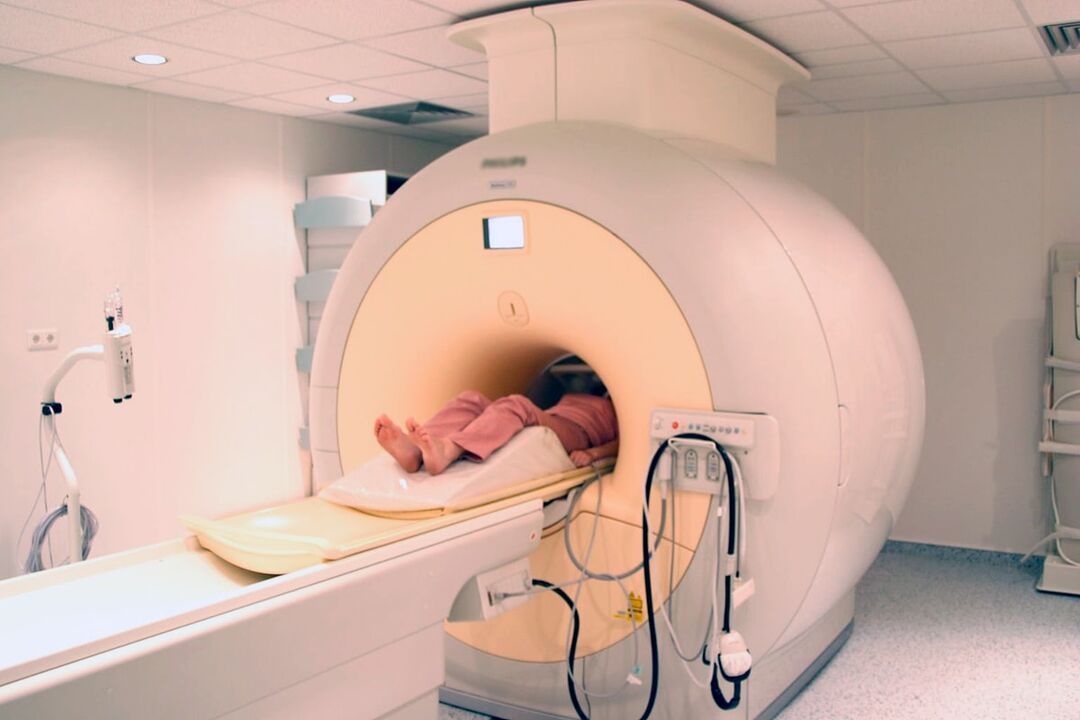
In addition, it may be recommended:
- densitometry - a method of determining bone density, which makes it possible to diagnose osteoporosis, which is especially common in the elderly;
- myelography - allows you to assess the state of the pathways of the cerebrospinal fluid of the spinal cord and the degree of damage to the protruding disc, which is especially important in the presence of an already formed intervertebral hernia of the lumbar spine.
Treatment of lumbar osteochondrosis
When diagnosing osteochondrosis, as a rule, conservative therapy is initially prescribed to all patients, provided that there is no pronounced and progressive neurological deficit. But the character of him is selected strictly individually.
Since the disease is chronic and the regenerative capacities of the intervertebral discs are extremely limited, especially with pronounced degenerative-dystrophic changes, the main objectives of therapy are to stop further progression and eliminate the symptoms that disturb the patient. Therefore, the treatment is always complex and includes:
- pharmacological therapy;
- manual therapy;
- Physiotherapy;
- physical therapy.
In the acute period, patients have been shown to limit physical activity or even adhere to bed rest for 1-2 days. This will help relax the muscles and reduce the pressure within the disc. If you need to sit, walk or do physical work for a long time, you should wear a stabilizing lumbar brace.
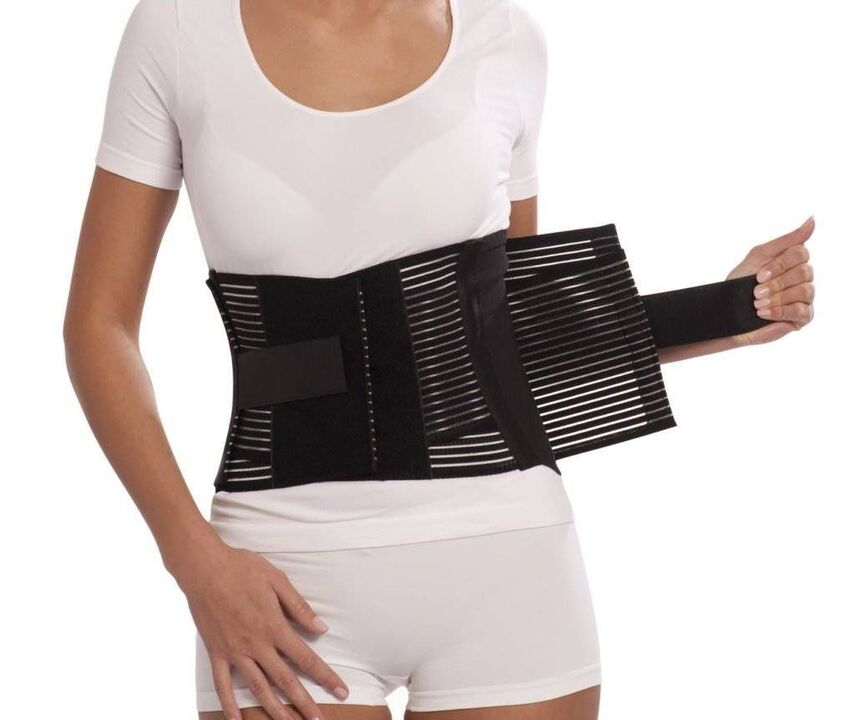
After the end of the acute period and during the remission of the disease, however, it is important to move as much as possible, but with caution and excluding an increase in stress on the lower back. Patients will have to acquire the skills to sit correctly, lift objects from the floor, carry heavy loads, as all this affects the course of the pathology. It is important to avoid sudden inclinations and movements, to lift something off the floor or low surfaces, after bending the knees, and not to bend over. You should only sit with your back straight in a chair that supports your back well. In addition, during sedentary work, it is important to take regular breaks for a short workout. It is important to avoid falls, jumps, fast runs, and hypothermia.
With osteochondrosis it is important to keep the body weight within optimal limits and for obesity a diet and physical exercises appropriate to the patient's condition are indicated, since excess weight creates a greater load on the lower back and causes a more rapid progression of pathological changes in the discs.
On average, conservative therapy is usually designed for 1-3 months, although it can last longer. But even after completing the main course prescribed by the doctor, it will be necessary to continue taking a series of medications, exercising therapy and following lifestyle recommendations.
Medical therapy
The main components of drug therapy are drugs selected individually from the NSAID group. When choosing them, the doctor takes into account not only the severity of the pain syndrome and the course of the inflammatory process, but also the nature of concomitant diseases, especially the digestive tract, since NSAIDs with prolonged use can adversely affect the state of the their mucous membranes and provoke an exacerbation of various pathologies of the digestive system.
It is necessary to use NSAIDs for acute pain in the lower back and immediately after their occurrence. Preferably in 1-2 days. Depending on the severity of the patient's condition, they can be administered intramuscularly, in the form of rectal suppositories, local agents and in oral form. Duration of admission must not exceed 2 weeks. In the future, an individually selected drug is taken on demand, but trying to avoid its frequent use.
Recently, more often preference is given to drugs, as an active ingredient, which include selective cyclooxygenase-2 inhibitors.
In addition, patients are prescribed drugs of the following groups:
- muscle relaxants: they help to relax excessively tense muscles and thus reduce back pain;
- chondroprotectors - improve the course of metabolic processes in the intervertebral disc (especially effective if started in the early stages of development of lumbar osteochondrosis);
- Vitamins of group B: contribute to the improvement of nerve conduction;
- antidepressants and anxiolytics - used for long-term osteochondrosis, which has led to depression, chronic fatigue and other psychological disorders.
With very intense pain, especially of neurological origin, therapeutic blocks are performed. They involve the introduction of anesthetics in combination with corticosteroids in the points near the compressed nerve, which leads to the rapid elimination of pain. But the procedure can only be performed in a medical institution by specially trained health professionals, as it is associated with a risk of complications.
Manual therapy
Manual therapy allows not only to improve the quality of blood circulation in the area of influence, but also to significantly reduce the severity and duration of pain in osteochondrosis. Effectively relieves muscle tension and allows you to eliminate functional blocks, significantly increasing mobility in the affected SMS.
Furthermore, through a well-conducted manual therapy, it is possible not only to increase the distance between the vertebrae, bring them back to their anatomically correct position, but also to release the compressed nerve roots. As a result, the pain is quickly eliminated and neurological disorders disappear. It also reduces the likelihood of complications and disturbances in the work of internal organs.
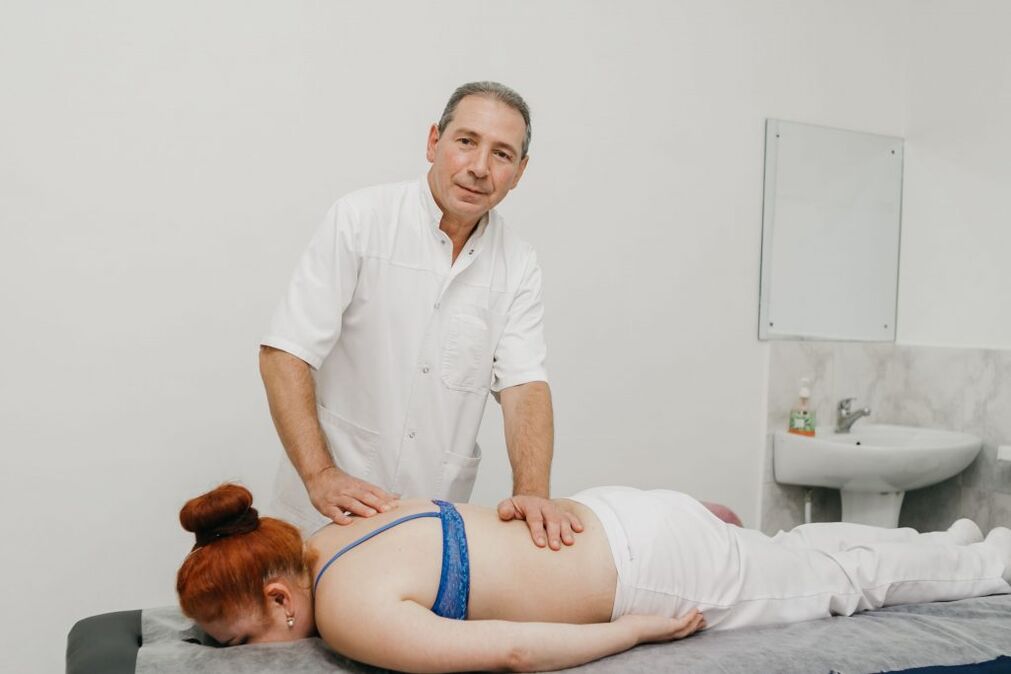
Additional positive properties of manual therapy are mood improvement, strengthening immunity, activating the body's natural recovery mechanisms and increasing efficiency. Usually after the 1st session there is a noticeable improvement in well-being, and in the future the effect becomes more pronounced. As a rule, the course consists of 8-15 sessions, and it is important to carry it out to the end, even with the complete normalization of well-being.
Physiotherapy
After the disappearance of acute inflammation, courses of physiotherapeutic procedures are indicated, which not only help to reduce pain, but also improve microcirculation, nutrition and the course of reparative processes in the area of degenerative-dystrophic changes. Most often, patients are prescribed:
- electrophoresis with the introduction of drugs;
- electrical neuromyostimulation;
- ultrasound therapy;
- laser therapy;
- magnetotherapy;
- UHF.
What specific methods of physiotherapy will give the best effect, the frequency of their implementation, the duration of the course and the possibility of combining with other types of exposure are determined individually for each patient.
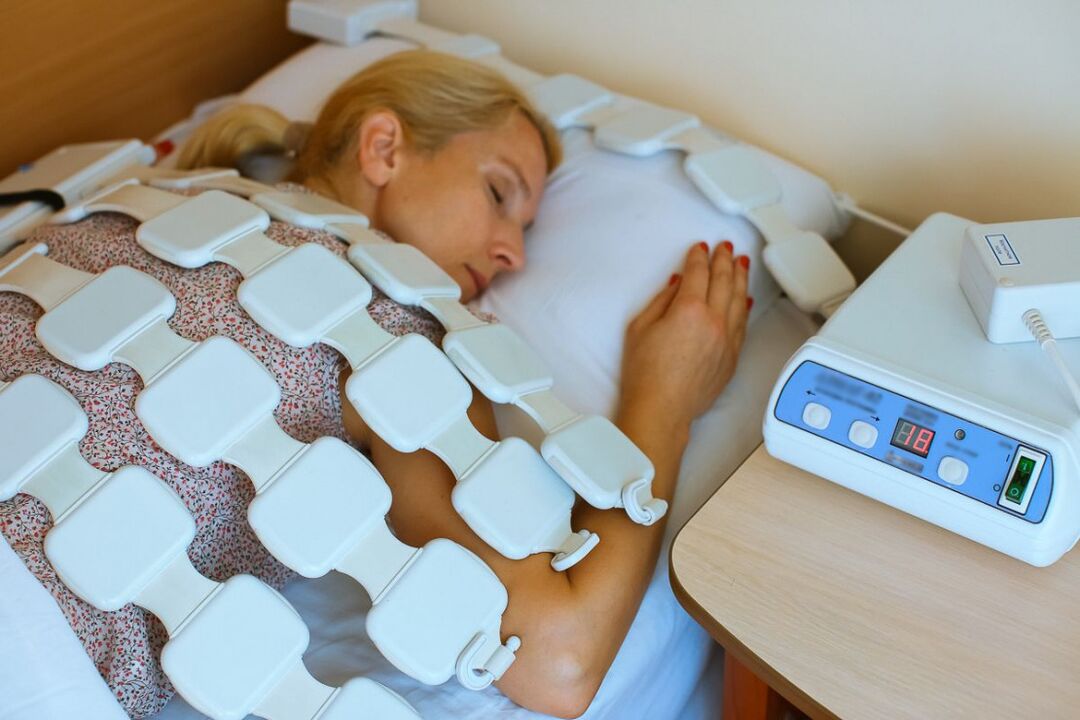
Traction therapy gives excellent results in osteochondrosis of the lumbar spine. Thanks to it, it is possible to achieve an increase in the distance between the vertebral bodies, which instantly reduces the load on the affected discs. After the session, to consolidate the results, the patient must wear an orthopedic corset.
physical therapy
After the elimination of acute pain, the treatment program is necessarily supplemented with physical therapy. Its main tasks are to stretch the spine and relax the spasmodic muscles of the lower back. In addition, therapeutic exercises help strengthen the muscular corset, create reliable support for the spine and improve posture. In this way, blood circulation is inevitably activated and metabolic processes are improved, which has a beneficial effect on the nutrition of the discs.
For each patient, a set of exercises is selected individually based on the degree of degenerative-dystrophic changes, the patient's level of physical development, the nature of concomitant ailments, age and other factors. Initially, it is recommended that you study under the guidance of an experienced physical therapy instructor.
All patients with degenerative changes in the spine are advised to visit the pool 2-3 times a week, as swimming lessons minimize the load on the spine, but allow you to effectively strengthen the back muscles.
Therefore, osteochondrosis of the lumbar spine is one of the most common diseases. At the same time, it is able to deprive a person of working capacity for a long time and even lead to disability due to the development of complications. Therefore, it is important not to ignore the first symptoms of the disease, when it is easier to cope with it. With the appearance of pain, and even more so numbness, reduced mobility, back pain, it is necessary to contact a neurologist as soon as possible, undergo the necessary examination and begin treatment. In this case, it will be possible to stop the pathological process and return to a normal and full life without pain and significant restrictions.


























